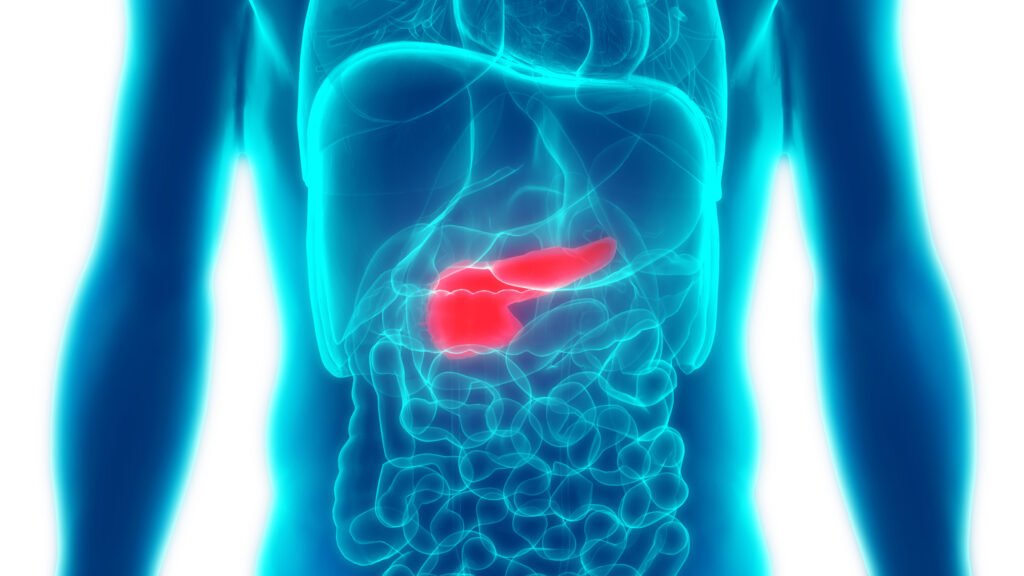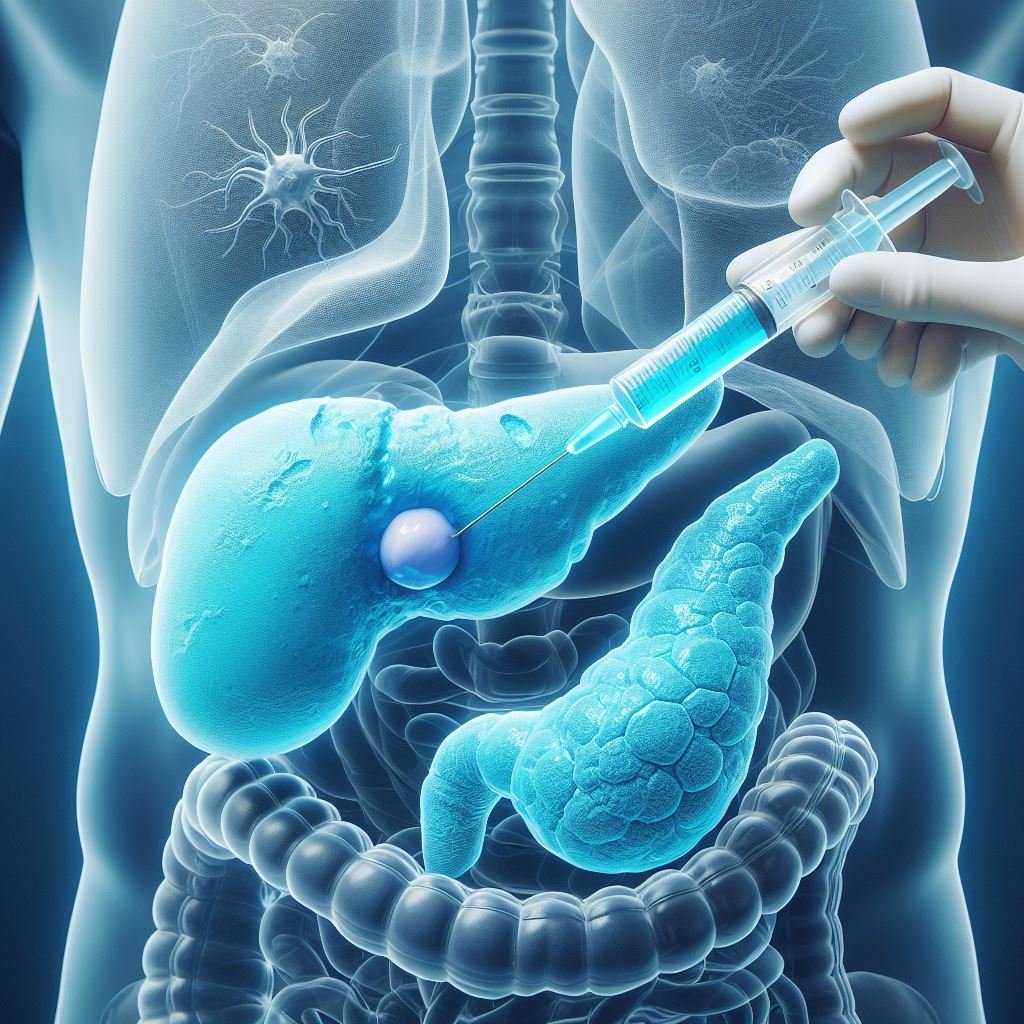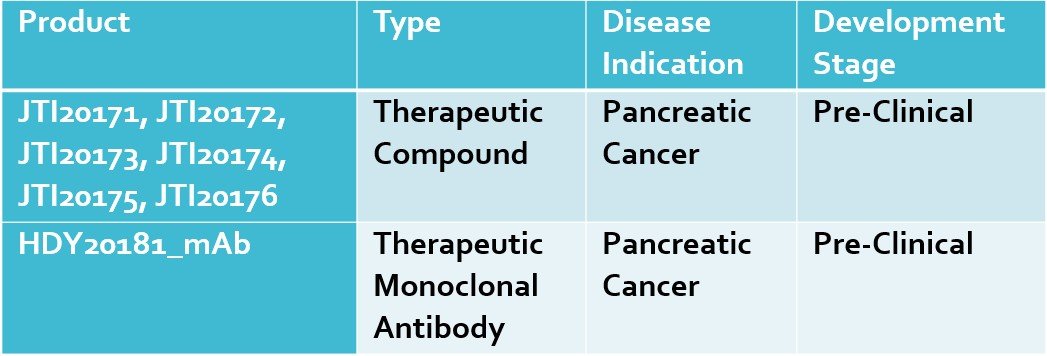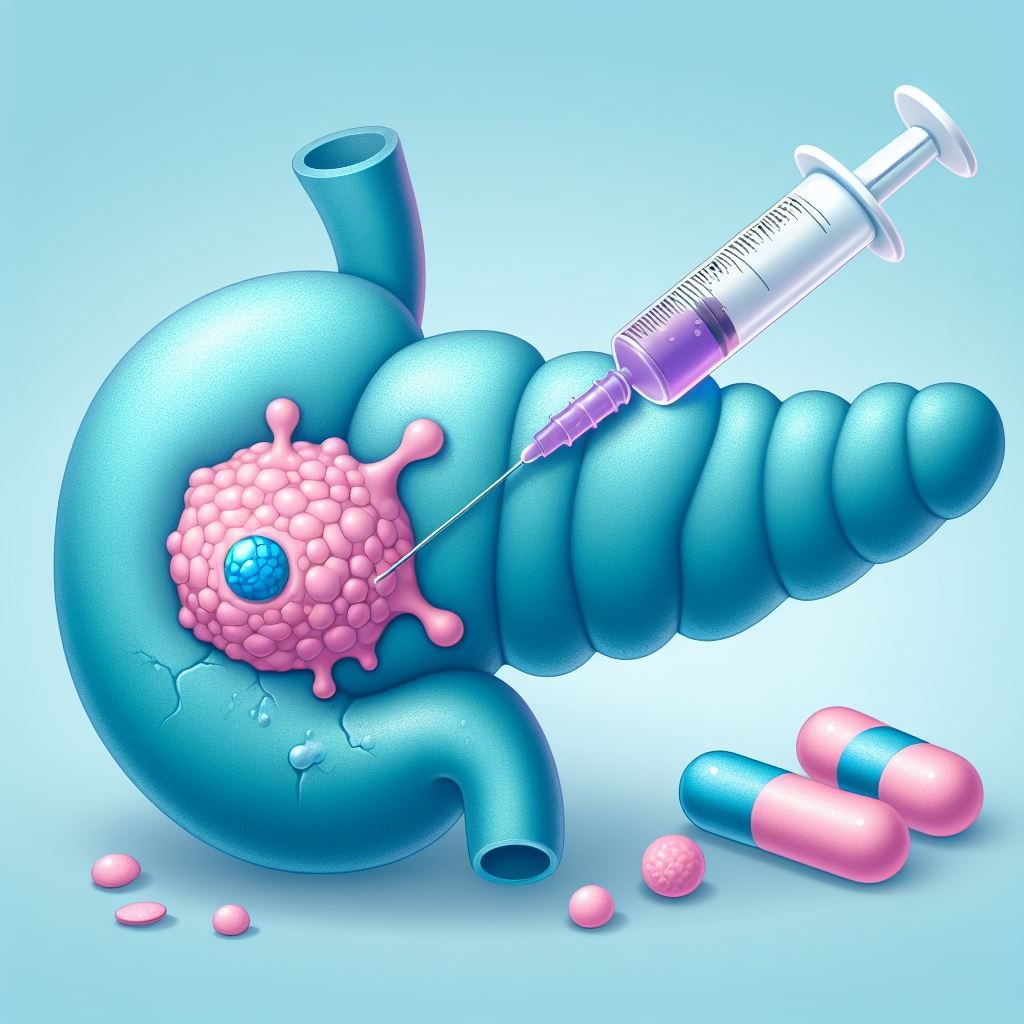Background

Pancreatic cancer remains one of the deadliest cancers, with a rising mortality rate despite advancements in the field. Conventional treatments—chemotherapy, radiation, and surgery—often fail due to late-stage diagnosis and high recurrence rates, leaving patients with a devastating 5-year survival rate below 10%. The lack of reliable early detection methods and specific biomarkers creates a critical gap in diagnosis, while existing therapies remain inadequate across all patient segments. There is thus an urgent unmet need to develop breakthrough treatments that can transform patient outcomes and redefine the standard of care.
Two of the main reasons for the high recurrence are: 1) therapeutic resistance and 2) incomplete killing of tumors due to poor tumor selectivity and poor cytotoxic efficiency of conventional therapies. Post-therapeutic resistance often results from development of resistance after repeated treatment sessions. In many cancers, pre-therapeutic resistance has been found to be associated with mutations of the KRAS gene, which are present in 95% of pancreatic cancers. The KRas protein is primarily involved in regulating cell division. To date KRas protein has not been druggable. For this reason, chemotherapy and some immunotherapies (e.g. anti-EGFR monoclonal antibodies) are ineffective for patients with KRAS mutation because they come in with pre-existing resistance to therapy. Poor blood vessel network and the dense stroma of the tumor tissue that prevent chemotherapy drugs from reaching the tumor are also reasons why chemotherapy drugs are mostly ineffective in treating pancreatic cancers.

Technology

To address the unmet needs in pancreatic cancer treatment, the founder and inventor Dr. Nzola De Magalhães, developed novel patented multi-therapeutic anti-cancer compounds. These compounds elicit multiple anti-cancer effects by delivering combination therapy in one compound for more complete killing of tumor masses. The compounds provide orthogonal cytotoxic mechanisms to target different cell populations in heterogeneous tumor masses. More importantly, these compounds can elicit significant cell death in KRAS mutated, chemoresistant and immunotherapy resistant pancreatic cancers.

Multiple therapeutic options in a single compound:
- Drug therapy – targeting eIF5A/KRAS pathway using small molecule inhibitor and analogs
- Phototherapy – targeting cell structures via laser irradiation using near-infrared photosensitive agent
- Antibody therapy – corresponding target/pathway
In addition to pancreatic cancer, the cytotoxic moieties of the compounds have documented anti-cancer effects in other cancers, thus extending the product pipeline of this technology to target other cancer markets as well.
Pipeline
Currently we have developed six prototypes of our targeted multi-therapeutic compound (JTI20171-6). In in vitro and mice preliminary studies, our prototypes elicited cell death in KRAS mutated pancreatic cancer cell lines resistant to chemotherapy drug Gemcitabine and anti-EGFR immunotherapeutic antibodies like Cetuximab. These compounds were designed to target both primary and metastatic tumors, and to deliver combination therapy for more complete killing of tumor masses. Because the multi-therapeutic compound has anti-cancer effects in other cancers (leukemia, prostate, breast, colorectal, lung, and brain cancers), we will expand the product pipeline of our technology to other cancer markets in the future.
In addition to our multi-therapeutic compounds, we have developed a monoclonal antibody derivative (HDY20181_mAb) with therapeutic properties against KRAS mutated pancreatic cancers.






